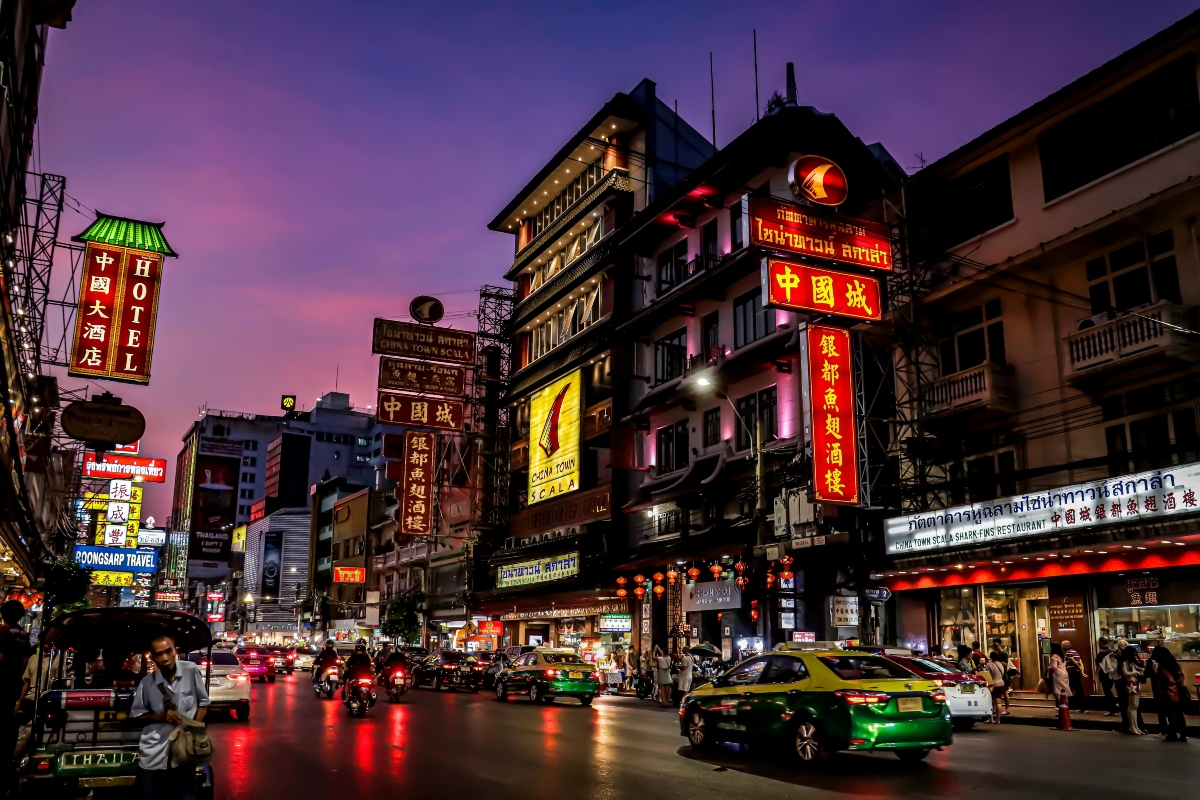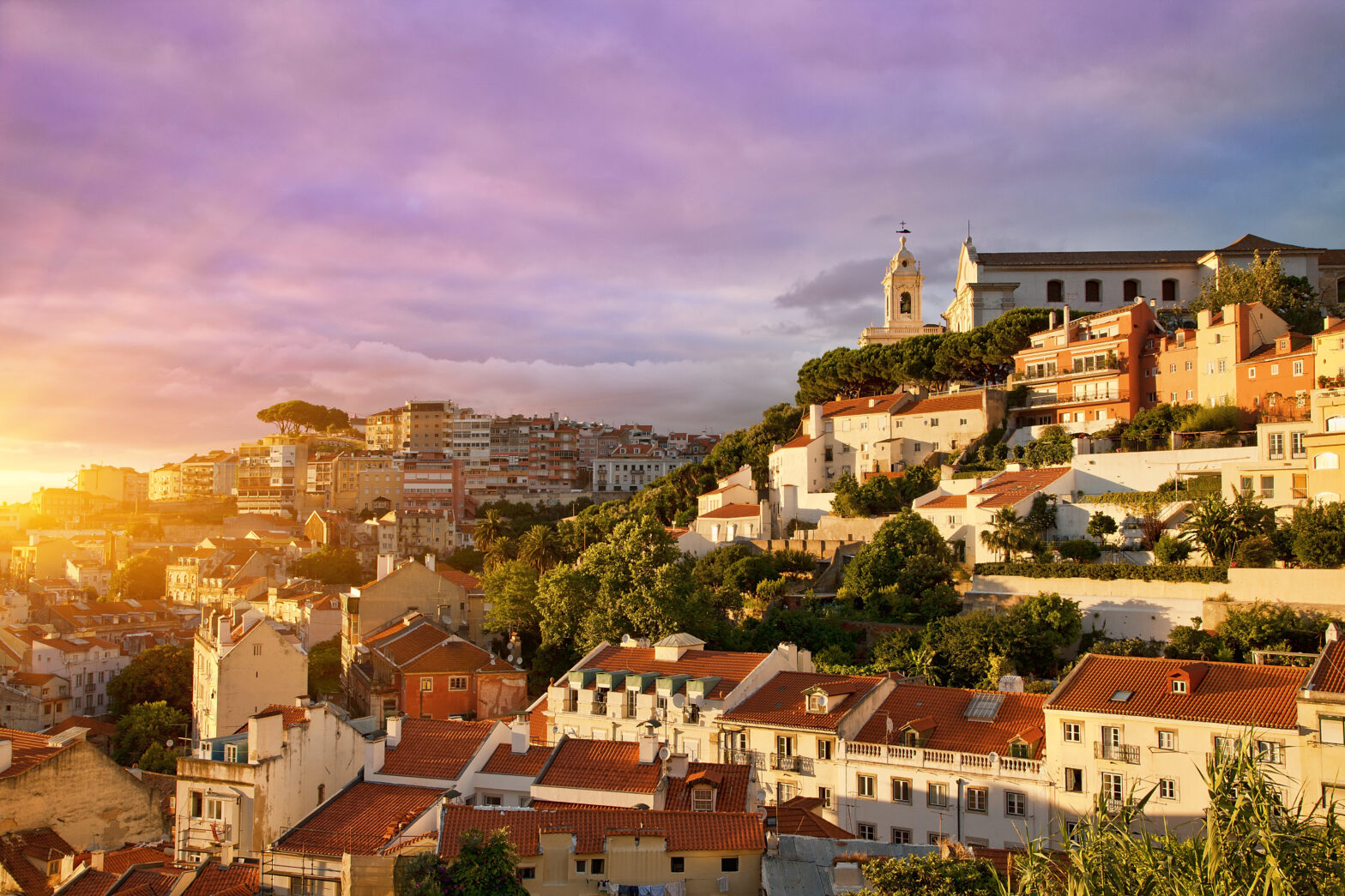Katty Antoine is a 30-year-old distribution logistics employee. Born in Haiti, she and her family immigrated to New Jersey when she was young. She currently resides in Washington state with her husband of five years.
Both hailing from Croix-Des-Bouquets, a town half an hour from the capital, Port-au-Prince, Katty met her husband during her first visit back to Haiti in 2010. The couple recently traveled to their homeland, as they do every few years to visit family.
While there, they took a domestic flight to Cap-Haitien in the north of Haiti, where they enjoyed the beaches in Labadee, explored historic UNESCO world heritage sites, and spent several days relaxing at the Royal Decameron Indigo Beach Resort in Montrious. Though often overlooked, Katty says Haiti is an ideal island destination with lots to explore.

“Haiti has it all,” she told Travel Noire. “A remarkable history, beautiful landscapes, and vibrant culture. Its beaches, natural basins, and caves might be the Caribbean’s best-kept secrets. It is also just a short flight from the U.S. and Canada. Haiti is particularly enticing for Black travelers in search of a more Afrocentric experience. Whether you’re a foodie at heart, an art lover, or an adventure seeker, Haiti has something for everyone.”
With an eclectic mix of West African, European, and Taino influences apparent in its language, religion, and food— Haitian culture is truly one-of-a-kind, and Katty wants to set the record straight about the misconceptions surrounding it.
“Besides French, Haiti has its own unique language. Haitian Creole is made up of many African languages. Although it is French based, it is important to note that it is not broken French, as it is commonly referred to by outsiders.”
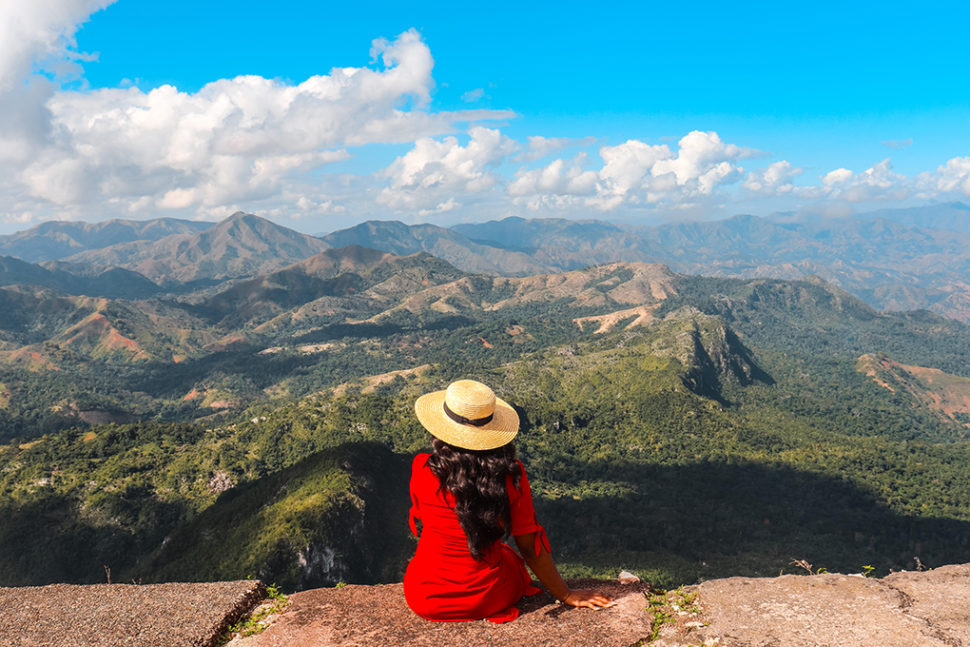
“Also, though Europeans forced Christianity on the island, many Haitians held on to their African beliefs and practiced voudou secretly throughout slavery. Most people today are Protestants and Catholics, but voudou is very much prevalent and is practiced by many who identify as Christians. It is also important to distinguish Haitian voudou as a spiritual system and a way of life for practitioners or believers, and not the evil taboos and clichés commonly depicted in Hollywood films and Western media.”
If you’ve ever had the pleasure of tasting Haitian food, you know how delicious and flavorful it is. In addition to staples like griot (fried pork), diri djon djon (black mushroom rice) and legim (a vegetable stew often served with red beans and rice), Katty says an even more unique and special meal is soup joumou.
“Now commonly referred to as ‘freedom soup’, this squash-based soup is consumed every year on the first of January to commemorate our Independence from the French— since squash was prohibited to be consumed by the enslaved under French rule.”

Katty says the media has stigmatized Haiti and Haitians by promoting a single story of impoverishment, hunger, and suffering over the years. This is the main reason many people don’t typically think of the country as a tourism destination.
“Poverty, political instability, and natural disasters continue to affect Haiti’s tourism and reputation today. But believe it or not, the country used to be a popular Caribbean destination during the 1900s. Anyone who visits Haiti for themselves will quickly realize that it is so much more than civil unrest and extreme poverty.”
Visitors to Haiti will find some of the most friendly, warm, welcoming, and hard-working people, who despite having few economic opportunities, will do whatever it takes and make a way to provide for their families. In addition to the beautiful beaches, mountainous regions, majestic waterfalls, and colorful towns, Haiti is home to the historical Citadelle Laferriere and Palais-Sans-Souci, two UNESCO world heritage sites found in Northern Haiti’s Cap-Haitien.
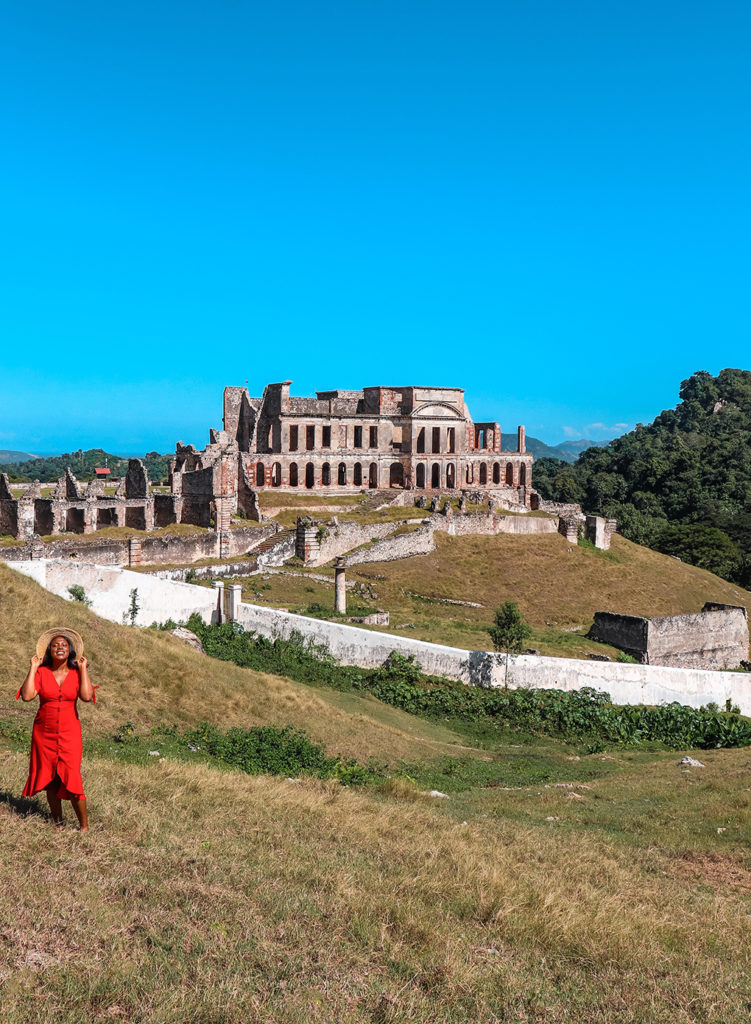
Katty says that although Port-au-Prince is the most convenient city and a good base for travelers, due to the current political climate in Haiti, safety has been an issue in much of the capital. She recommends being highly vigilant when travelling through the city, and to avoid communes such as Village-de-Dieu, Carrefour, and Martissant, where kidnappings are common. Petionville and Kenscoff are safer areas she recommends.
“Jacmel is another beautiful city in Haiti. It is known for its colorful art, carnival, and the three natural basins known as Bassin Blue. Southern towns such as Port Salut can be a great escape from the chaos of the capital. You can also visit beautiful falls along the way or have a secluded experience on the island of Ile-a-Vache.”
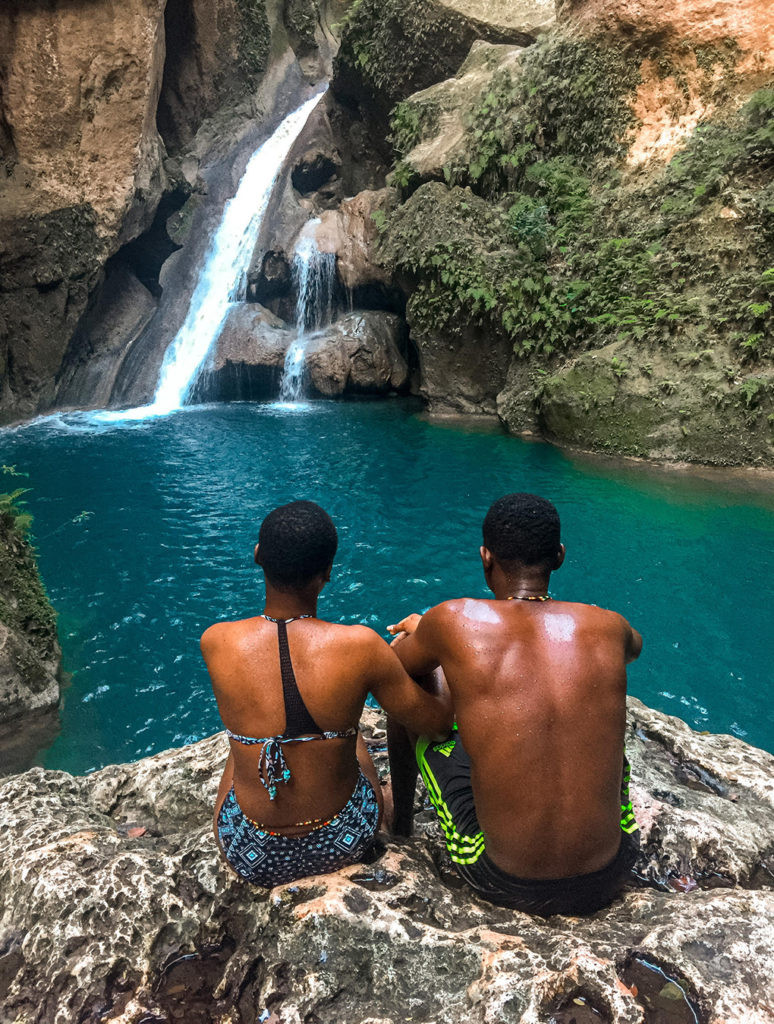
Katty has many helpful tips for travelers visiting Haiti. She recommends carrying cash, as ATMs are often out of service and mainly found in major cities.
“If you must use an ATM, do so at the airport or inside banks,” she explained. “Use a trusted Haitian tour company or join a group tour for added security and ease. There is little to no public transportation in Haiti and getting around is complicated, if not impossible, without a personal driver. I don’t recommend traveling solo unless you exclusively plan to use the tour desk at your hotel or resort.”
Other tips include registering to the Smart Traveler Enrollment Program, staying aware of your surroundings, keeping valuables out of sight, and buying a SIM card at the airport rather than relying on your accommodation’s Wi-Fi or your current service provider’s international data plan to work.

“Be open minded and flexible when travelling to Haiti. Keep in mind that it is a developing country with little to no infrastructure. Protests and demonstrations are common during heightened political climates. Don’t just listen to the news, as it is often skewed. Reach out to travelers on the ground or people who have traveled there recently so you can make informed decisions and plan accordingly.”
Related: The Taste Of Haiti Box Brings Haiti Directly To Your Doorstep

